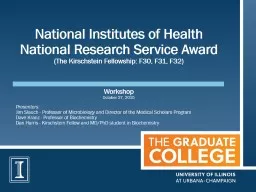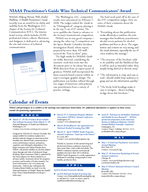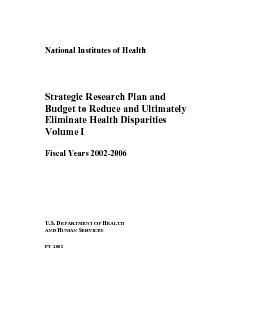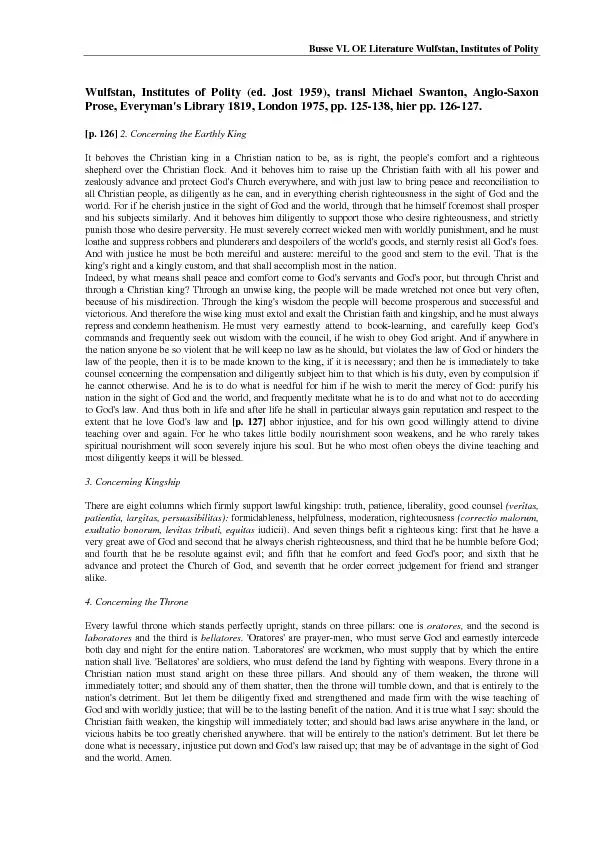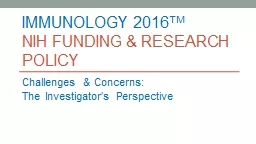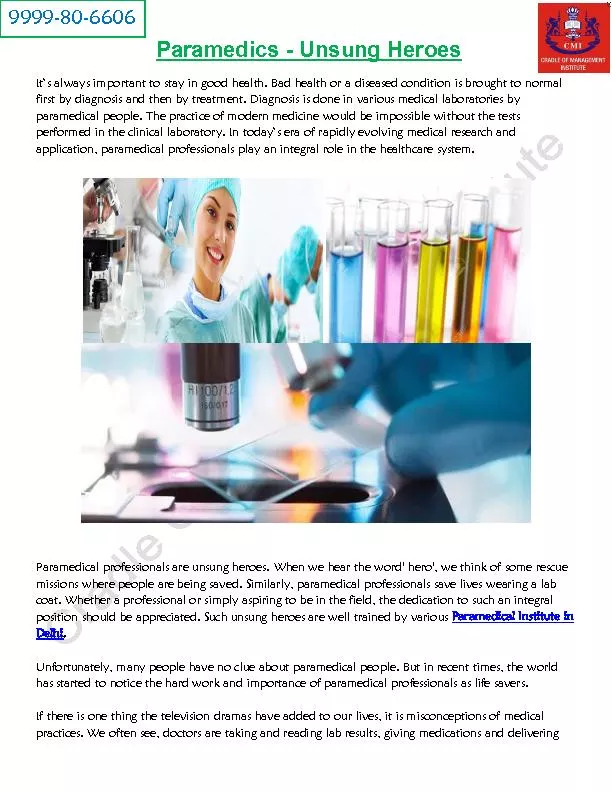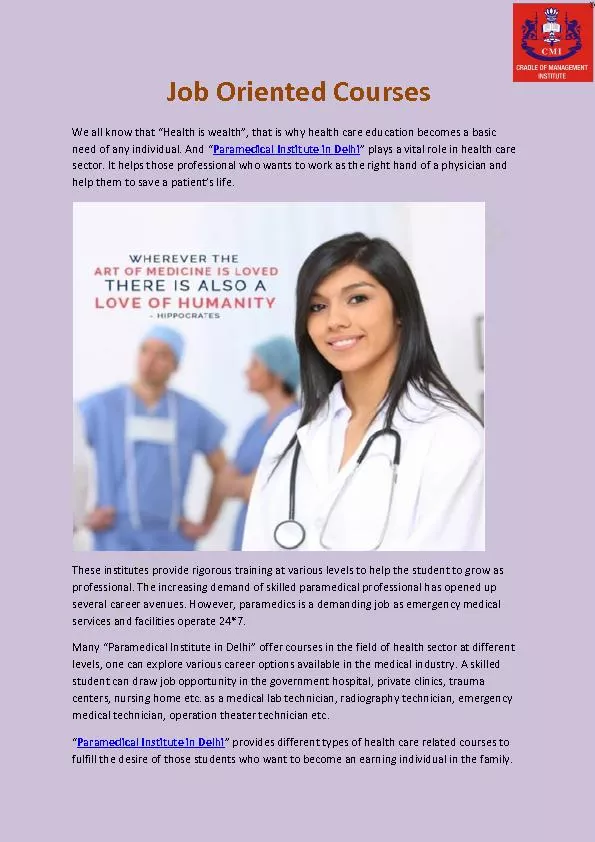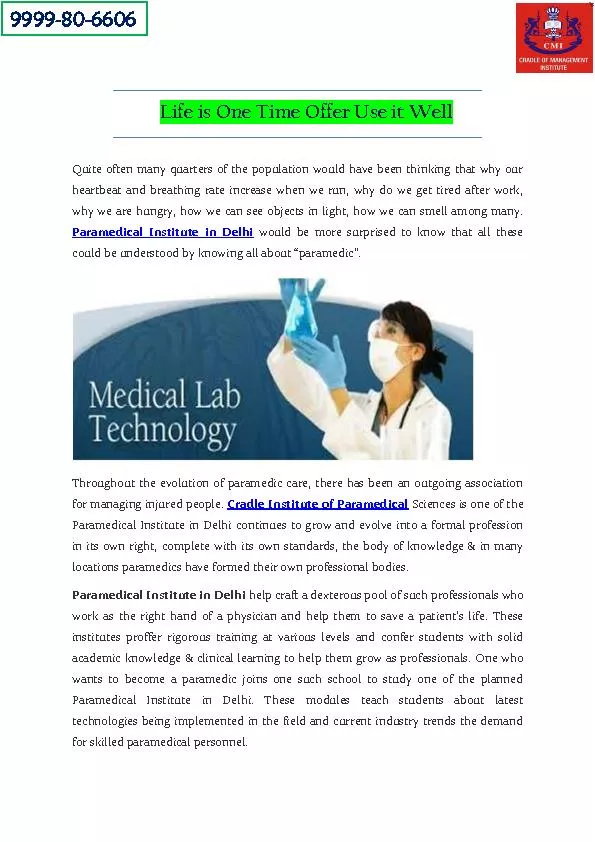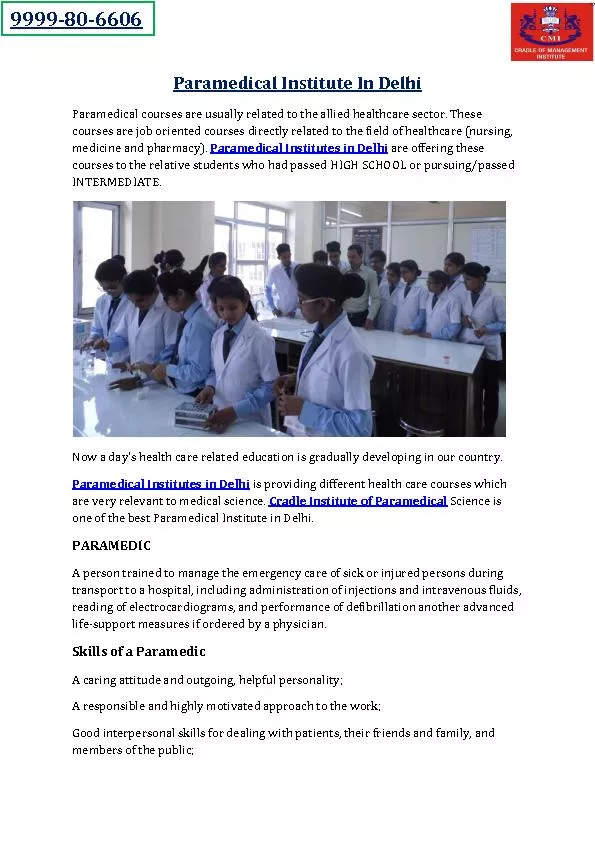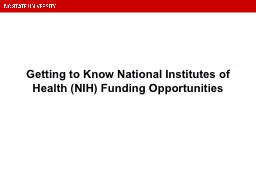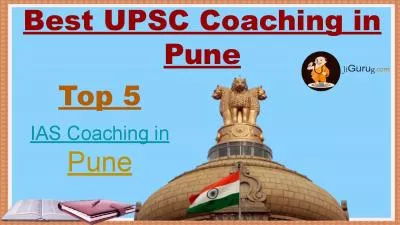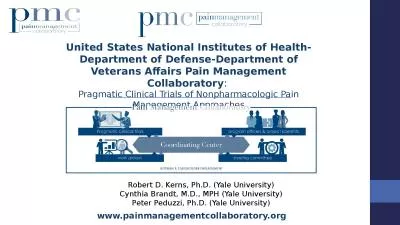PPT-National Institutes of Health
Author : pamella-moone | Published Date : 2017-05-08
National Research Service Award The Kirschstein Fellowship F30 F31 F32 Workshop October 27 2015 Presenters Jim Slauch Professor of Microbiology and Director
Presentation Embed Code
Download Presentation
Download Presentation The PPT/PDF document "National Institutes of Health" is the property of its rightful owner. Permission is granted to download and print the materials on this website for personal, non-commercial use only, and to display it on your personal computer provided you do not modify the materials and that you retain all copyright notices contained in the materials. By downloading content from our website, you accept the terms of this agreement.
National Institutes of Health: Transcript
Download Rules Of Document
"National Institutes of Health"The content belongs to its owner. You may download and print it for personal use, without modification, and keep all copyright notices. By downloading, you agree to these terms.
Related Documents

